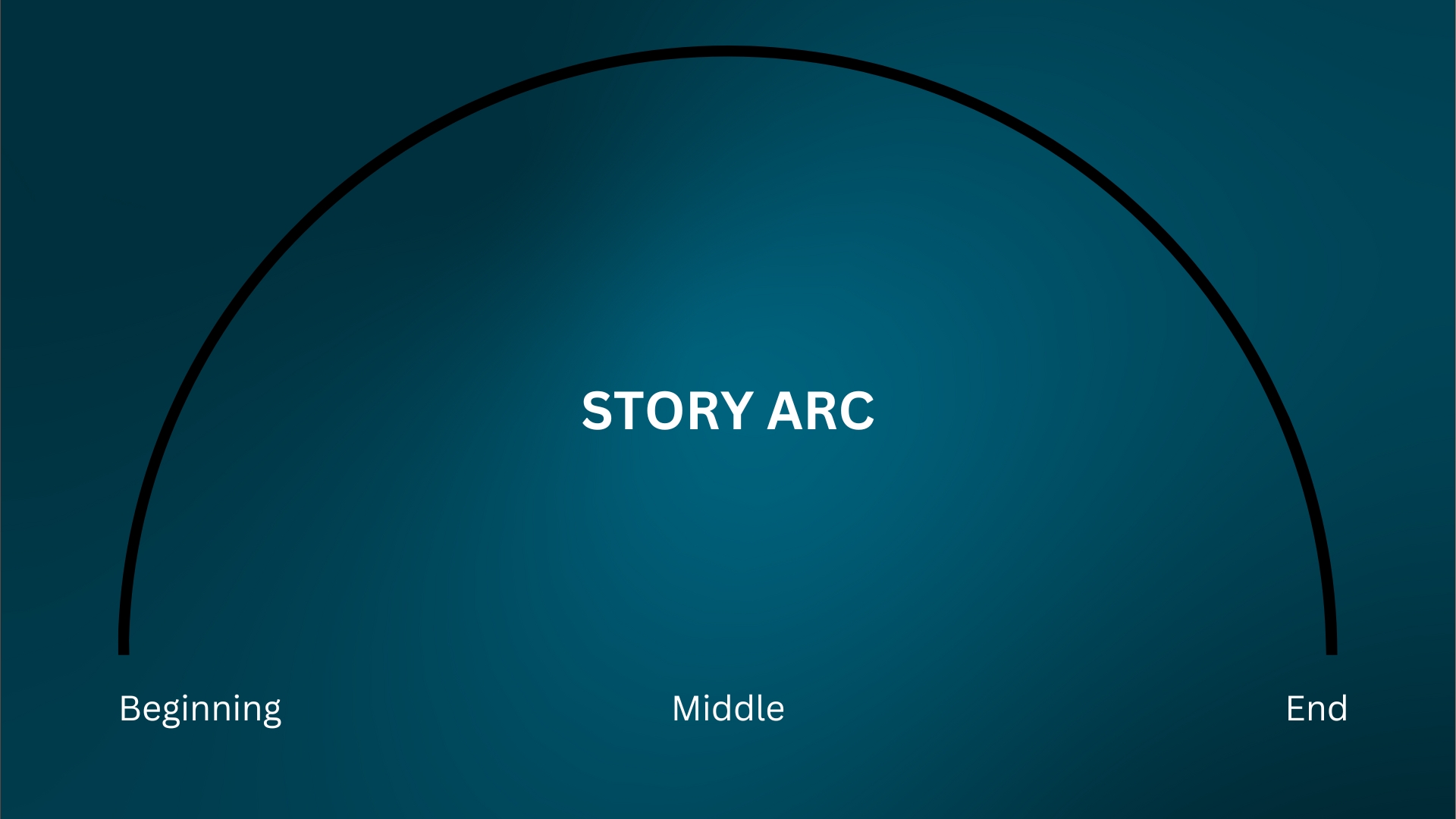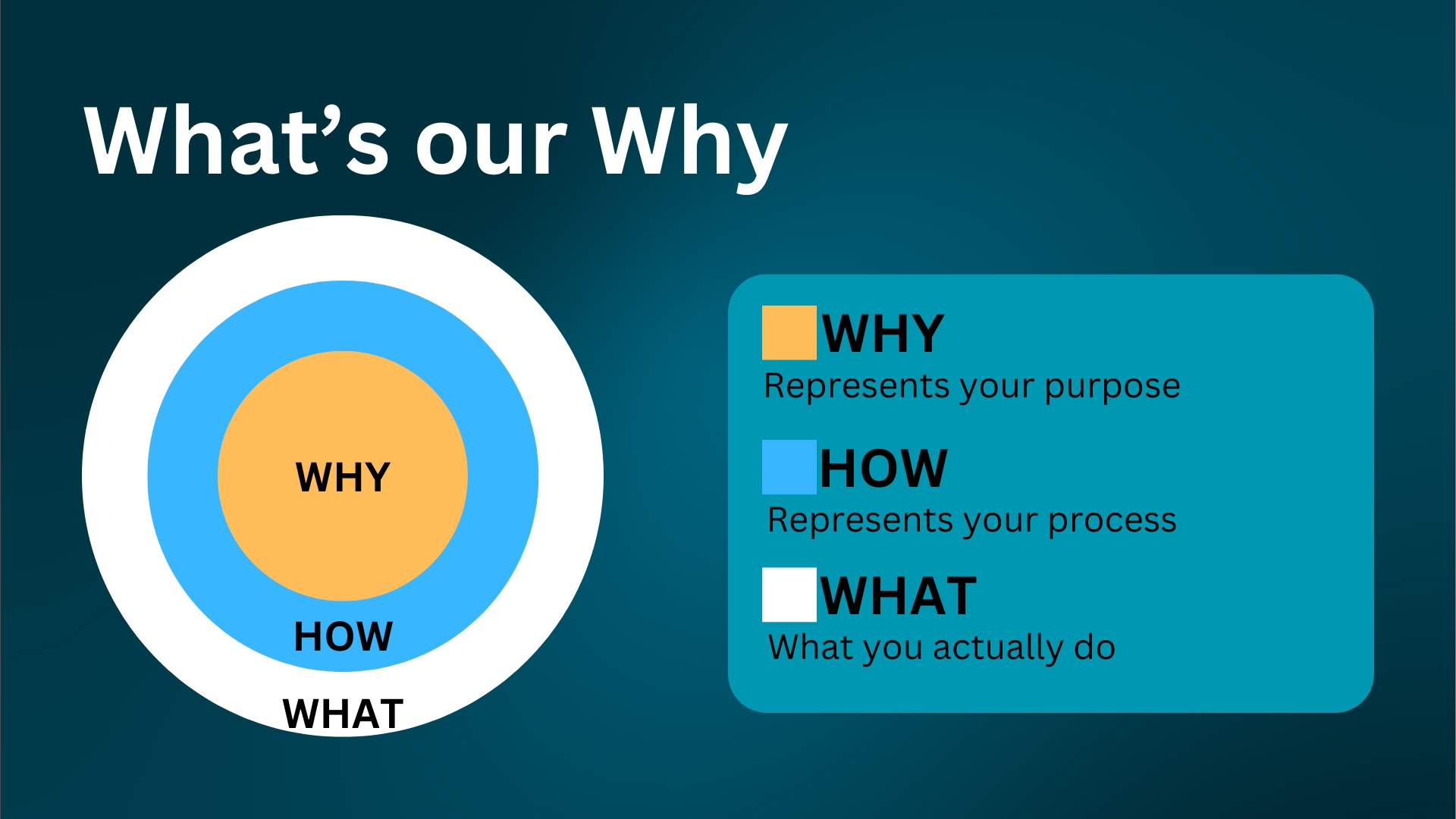Storytelling For Beginners - Part 1
 Storytelling is one of the most underrated skills anyone can have. It lies at the center of our lives—even if we don’t notice it. Storytelling is how we teach, learn, and evolve. Narrative helps us focus. It is everywhere.
Storytelling is one of the most underrated skills anyone can have. It lies at the center of our lives—even if we don’t notice it. Storytelling is how we teach, learn, and evolve. Narrative helps us focus. It is everywhere.
- Do you want to impress girls? Tell them a good story.
- Do you want to be successful in a job interview? Connect with your interviewer by telling a good story instead of mindlessly spitting out facts.
- Do you want to teach programming so that your students learn and remember? Tell them programming-related stories.
In this series of articles, I aim to share the basics of what I have learned about starting your journey as a storyteller.
Connect Emotionally With Your Audience
In 1984, Apple released a commercial that was seen as revolutionary because it did not show the computer it was trying to sell. Everyone thought Steve Jobs had gone mad with power, but eventually he proved them all wrong.
I am not trying to sell a product; I am trying to sell a philosophy. – Steve Jobs
Immediately after that, the “Think Different” philosophy was born, telling customers that Apple is a brand for people who think differently. This opened the floodgates for every product Apple released—not just computers. Apple was not a company, but a lifestyle.
In his “How Great Leaders Inspire Action” talk, Simon Sinek explains how—and, more importantly, why—Apple and similar companies are successful at what they do. Apple is a computer company, just like Microsoft. What makes them different, then? The secret lies in how Apple communicates its ideas; instead of telling people what they do or how they do it, they start with why they do it.

“Everything we do, we believe in challenging the status quo. We believe in thinking differently. The way we challenge the status quo is by making our products beautifully designed, simple to use, and user friendly. We just happen to make great computers—wanna buy one?” – Apple (Taken from Simon Sinek’s talk)
We all know what we do; some of us know how we do it, but almost none of us know why we do what we do. This is what makes inspiring leaders different from everyone else—they can communicate why they do what they do. Ultimately, the goal is to do business with people who believe what you believe.
You Must Start With Why
In a world where everything fights for our attention, you need to quickly communicate to your audience why they should spend their valuable time listening to what you have to say. In essays, this is called the hook: you give your audience a quick hint of what you will tell them.
The hook doesn’t need to be obvious, but it definitely needs to be part of the story. It’s almost like when you’re talking to a friend and want to tell them something that happened to you, so you start by saying,
“Today, the most embarrassing thing ever just happened to me…”
Then you start telling the story.
- Plot Point 1
- Plot Point 2
- Plot Point 3
- Punchline
In other words, with your hook you are answering the question from your audience: “Why is this story worth my time?”
As you tell the story about the most embarrassing thing that just happened to you, there is potential for your listeners to relate to it. When a story connects emotionally with the audience, they feel as though they are living the main character’s experience. Here is how you can use this knowledge when creating other stories:
- Create characters people can identify with.
- Put those characters in interesting places.
- Present foreign situations, as people often dream of things they cannot possess.
Now, it is important to mention that the hook is also a promise. “Today, the most embarrassing thing ever just happened to me…” is the promise you are making to your audience—you will tell them about that embarrassing incident. If you start with your promise (your why), your job now is to tell the best story you can so that, by the end, it lives up to that promise.